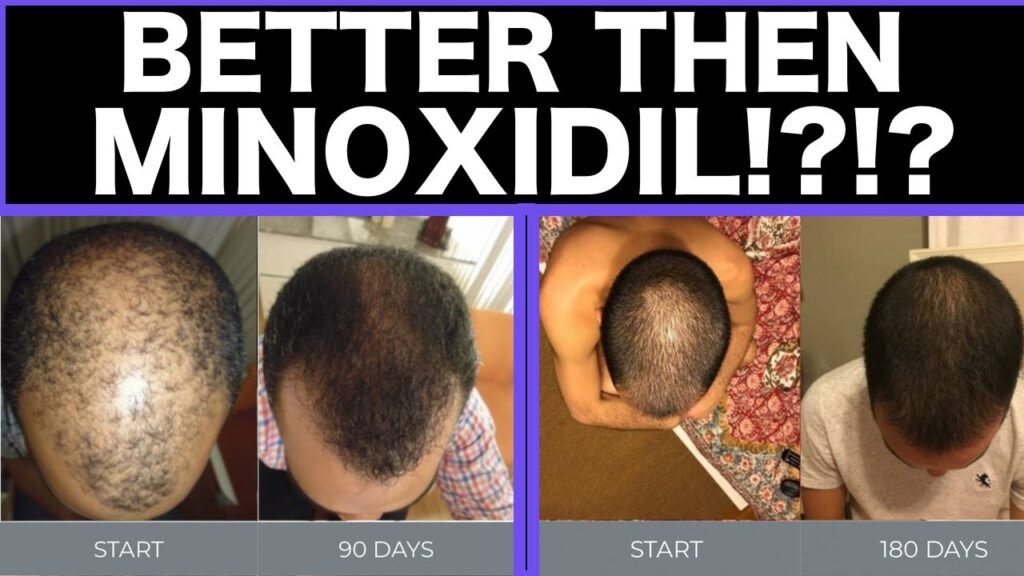Complete comparison of Minoxidil vs scalp massage
When it comes to promoting hair growth and maintaining a healthy scalp, both Minoxidil and scalp massage are popular methods, each with its own unique benefits and mechanisms. Minoxidil, a well-known over-the-counter topical treatment, is primarily used for androgenetic alopecia, commonly known as male or female pattern baldness. It works by stimulating hair follicles, increasing blood flow to the scalp, and prolonging the anagen phase of the hair growth cycle. On the other hand, scalp massage is a natural, non-invasive technique that involves the manual stimulation of the scalp to enhance circulation and promote relaxation.
Effectiveness and Results
The effectiveness of Minoxidil is backed by numerous studies, showing significant results in hair regrowth for many users. Its chemical formulation helps in revitalizing shrunken hair follicles, leading to thicker and longer hair strands over time. Users typically start noticing visible results after consistent application for several months. Conversely, scalp massage, though lacking extensive scientific validation, is praised for its potential to improve blood flow and reduce stress, both of which are crucial for healthy hair growth. Anecdotal evidence suggests that regular scalp massage can lead to healthier hair and a more nourished scalp environment.
Side Effects and Considerations
While Minoxidil is generally safe for most users, some may experience side effects such as scalp irritation, itching, or unwanted facial hair growth. It is important to follow the recommended dosage and consult with a healthcare professional if any adverse reactions occur. Scalp massage, being a natural method, has no direct side effects, making it a safer option for those with sensitive skin or those who prefer a chemical-free approach. However, individuals with certain scalp conditions should be cautious and consult with a dermatologist before starting a scalp massage routine.
In summary, both Minoxidil and scalp massage offer distinct advantages for individuals seeking to improve their hair health. Choosing between them depends on personal preferences, hair goals, and potential sensitivities to topical treatments.


